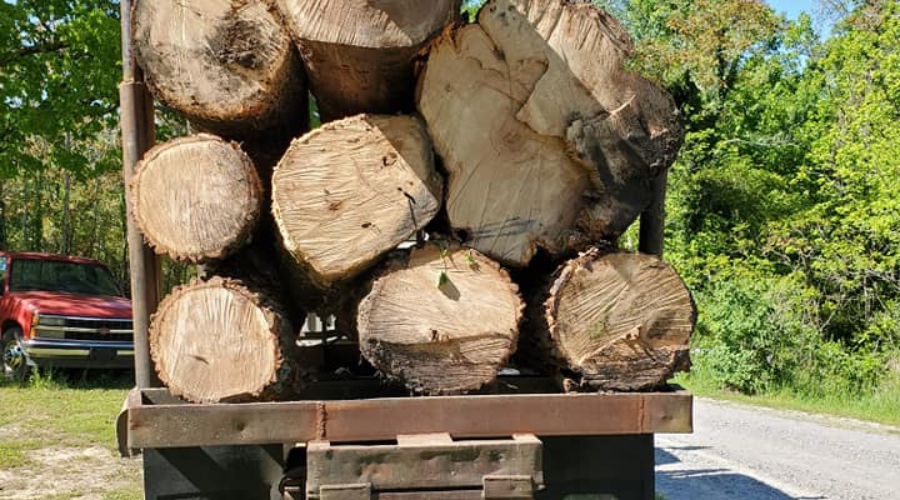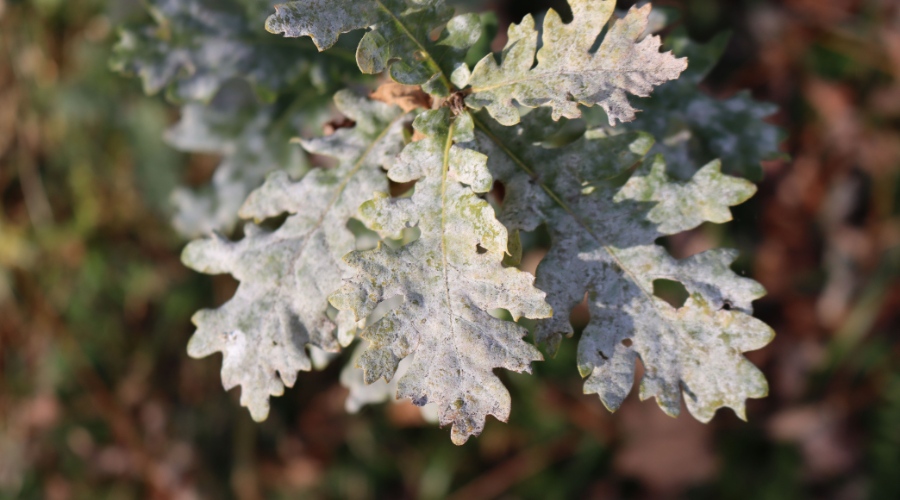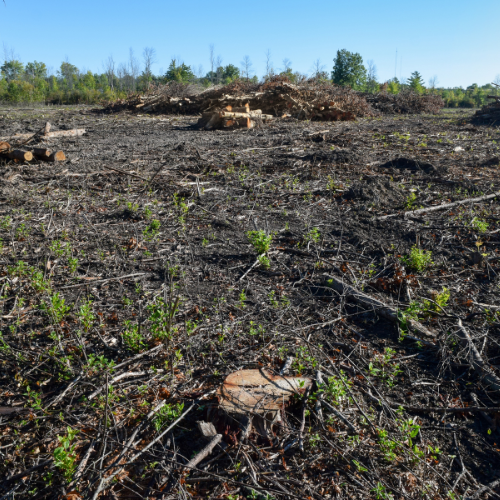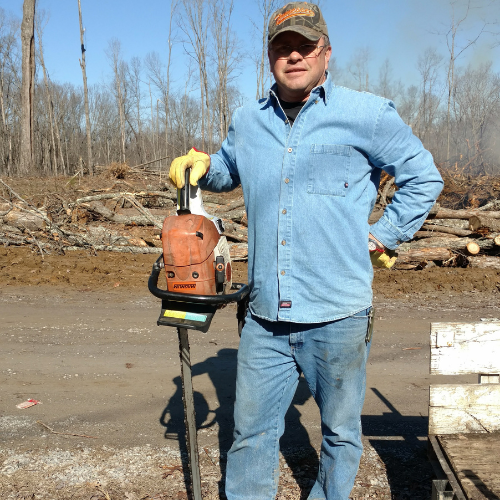
Select-Cutting and Thinning
You can still sell the timber on your property without cutting it all. Select-cutting or thinning is the process of removing some trees to improve the health and growth rate of other trees. Loggers experienced in forestry management look for trees that are taller – but not necessarily older – that block other trees from flourishing. In the long run, when you select cut, you’ll have a better quality timber product, which means increased timber value in the future.
Keeping Your Stand of Trees Healthy
Because trees that are overcrowded have to compete for sunlight, nutrients and water, they may be stunted or will grow with lower branches and curves. A tree that gets enough sun, hydration and nutrients is more apt to grow straight since it has the space to spread its branches and roots. A tree with plenty of space also grows faster than those that are crowded.
Oaks are prevalent in most places on the Cumberland Plateau. Those that are not healthy are more prone to being attacked by pests.

Environmental Issues
In the years we see droughts, trees also suffer, especially when they are overcrowded. Removing some of the trees allows better hydration for those you leave, especially during overly dry summers and droughts. Trees with more space are also less susceptible to extreme temperatures since they have more airflow.
Dead and Dying Trees
When thinning trees, loggers will sometimes remove dead and dying trees, but only if they believe enough of the tree is salable. In many cases, once oaks, particularly red oaks, get to a certain size, the bottom starts rotting out. These trees sometimes look healthy and oftentimes are healthy enough to get a good log or three out of them.
Whether a logger takes out a dead or dying tree depends on several factors, including whether the tree is salable. If the tree is a danger to a nearby building, you can ask the loggers to cut it. If they deem it safe enough, they may, though sometimes it’s safer to push the tree out with a dozer or have an experienced climber take it out from the top down.
A dead or dying tree is often a danger to cutters in that it could fall where it wants to instead of where the logger plans for it to fall. It could also split right up the center as the logger cuts it. This often causes the death of a logger who doesn’t get out of the way of the errant trunk fast enough. Or, the tree could implode on itself once a logger cuts through the outer section of the trunk and into the rotten center.
Contact Miller Farms for a Property Evaluation
Before we log a property, we always do a free walk-through to see if you have trees that are salable. We will provide you with an estimated start time and discuss buying your trees. Contact Miller Farms for a free walk-through.









